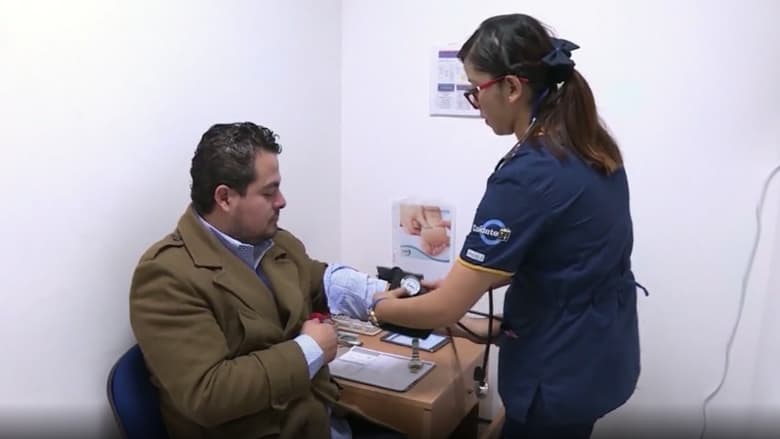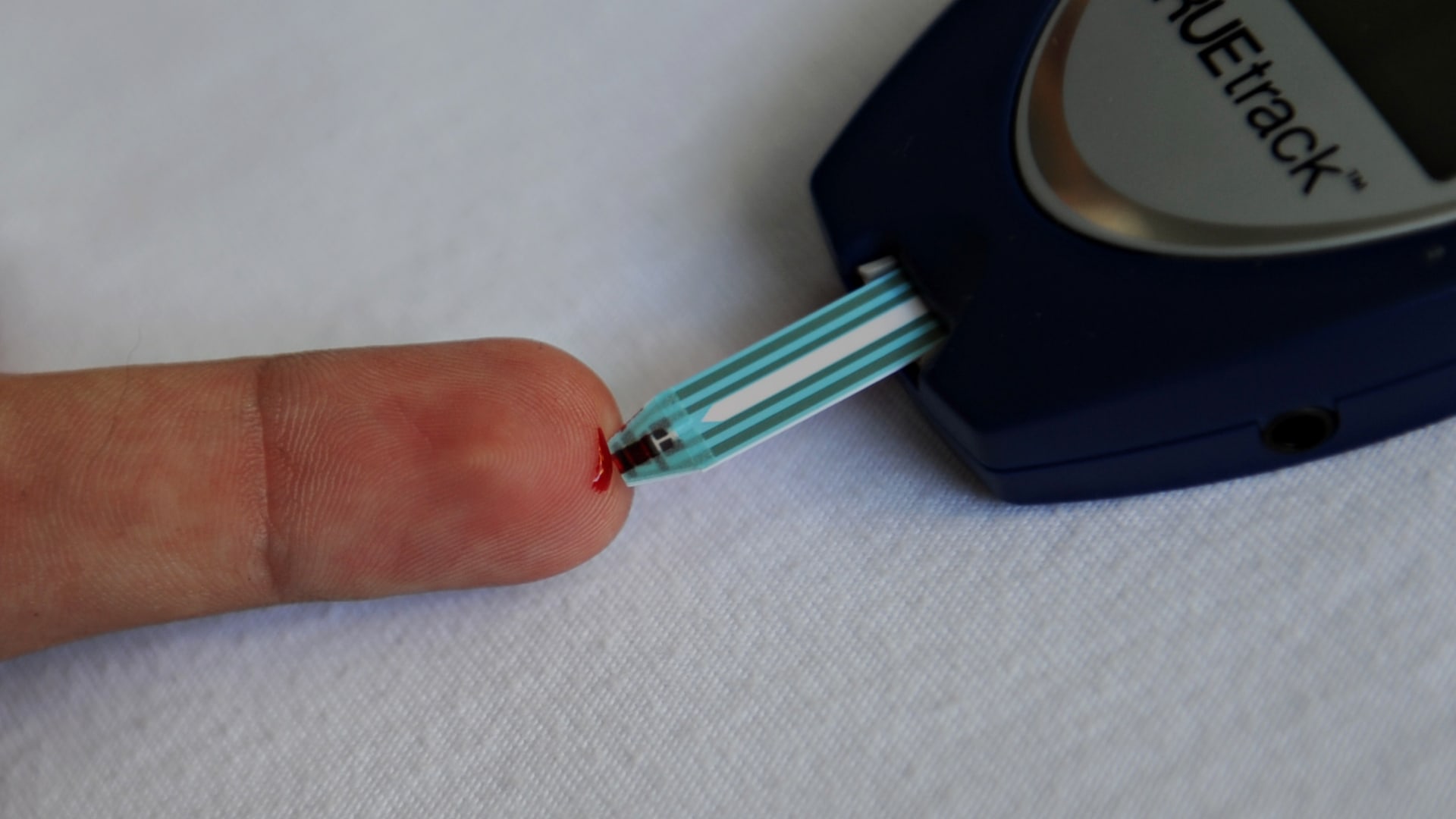دبي، الإمارات العربية المتحدة (CNN) -- قد يكون الأشخاص طوال القامة أكثر عرضة للإصابة بمرض السرطان، لكن قصار القامة ليسوا بمأمن.
وأظهرت دراسة نشرت في مجلة "Diabetologia" أن الأشخاص الأقصر أكثر عرضة لخطر الإصابة بمرض السكري من النوع الثاني.
وراقب الباحثون أكثر من 2500 شخص من الرجال والنساء في منتصف العمر في ألمانيا من ضمن مجموعة تضم حوالي 26000 شخص. وبعد تحديد العمر، ونمط الحياة، والتعليم، ومحيط الخصر، وجد الباحثون أن زيادة طول القامة مرتبط بانخفاض خطر الإصابة بمرض السكري.
وتراوح طول القامة لدى الرجال بين 169.7 سنتيمتراً و180.3 سنتيمتراً، وبين 157.8 سنتيمتراً و168.1 سنتيمتراً لدى النساء.
وقد وجد الأطباء أن خطر الإصابة بالسكري لدى كل من الرجال والنساء أقل بنسبة تزيد عن 30٪، لكل اختلاف في طول القامة بمقدار 10 سنتيمترات.
وقال ماتياس شولز، مؤلف شارك في الدراسة، في رسالة بالبريد الإلكتروني، إن جزءاً من الارتباط بين زيادة الطول وخفض خطر الإصابة بمرض السكري، قد يأتي من الارتباط بين زيادة الطول وانخفاض مستوى دهون الكبد، وعوامل الخطر الأخرى المرتبطة بمرض السكري، مثل الدهون في الدم.
ووفقاً للدراسة، يجب مراقبة مرض السكري وعوامل الخطر المتعلقة بأمراض القلب والأوعية الدموية لدى قصار القامة. وبما أن دهون الكبد تساهم كثيراً في زيادة الخطر لدى قصار القامة، فإن خفض هذه الدهون قد يوفر وسيلة للحد من خطر الإصابة بمرض السكري.
ووصفت غيل ميلكوس، باحثة في مرض السكري، الدراسة بأنها "قطعة من كعكة" في البحث عن مرض السكري.
وأوضحت ميلكوس، التي لم تشارك في الدراسة لـCNN: "أعتقد أنه يجب تفسير الاستنتاجات بحذر لأنها تحليل ثانوي للبيانات، مما يعني أنهم لم يحصلوا على مجموعة من الناس وتابعوها للمضي قدماً."
وأضافت أن الدراسة تطرح سؤالاً مثيراً للاهتمام: هل ينبغي أن يكون قصر القامة بمثابة عامل خطر آخر للكشف عن مرض السكري من النوع 2، إلى جانب تاريخ الأسرة أو السمنة؟ يجب إجراء المزيد من الأبحاث لتحديد الإجابة.
ومع ذلك، قالت ميلكوس إن الأشخاص قصار القامة لا ينبغي لهم أن يفكروا تلقائياً بإمكانية إصابتهم بمرض السكري، ولا ينبغي أن يعتقد الأشخاص طوال القامة بأنهم في مأمن، وخاصة أن عوامل الخطر الأخرى تنطبق عليهم.
ما هو مرض السكري من النوع 2؟
داء السكري من النوع 2 شائع جداً. ويصيب حوالي 1 من كل 10 أمريكيين، وفقاً لمراكز السيطرة على الأمراض.
وعادة، ينتج جميع الأفراد الإنسولين، وهو هرمون يفرزه البنكرياس، ويسمح بإدخال السكر في الدم الى الخلايا لإنتاج الطاقة. ولكن عندما يقوم الجسم بهذا الإجراء بشكل مفرط، أي ضخ الإنسولين لإدخال كل هذا الجلوكوز إلى الخلايا، فقد تتوقف الخلايا عن الاستجابة وتصبح مقاومة للأنسولين. وهكذا يبقى الكثير من السكر في الدم، مما يؤدي إلى ارتفاع نسبته، وهو السكري من النوع 2.
من ناحية أخرى، السكري من النوع 1، مشكلة مختلفة تماماً. فالأشخاص الذين يُصابون به لا ينتجون كمية كافية من الإنسولين، ويتعين عليهم تناوله للبقاء على قيد الحياة.
أما طرق الوقاية المعتادة لمرض السكري من النوع الثاني، فتكون بزيادة النشاط البدني، مما يساعد على جعل أجسامنا أكثر حساسية للإنسولين، كما أن فقدان الوزن. وتجنب ارتفاع السكر في الدم والحد من التوتر يساعدان أيضاً، وفقاً لمركز السيطرة على الأمراض.






